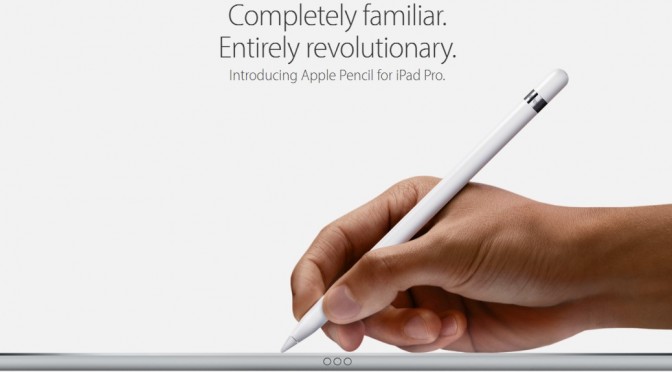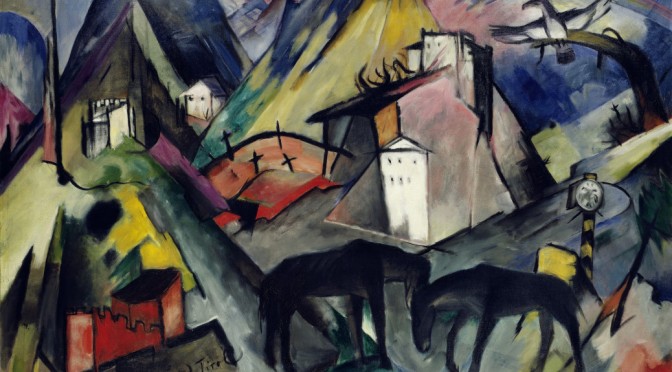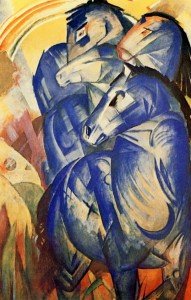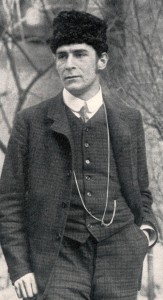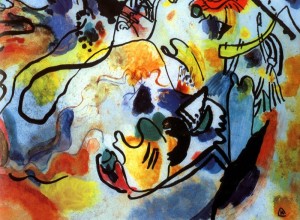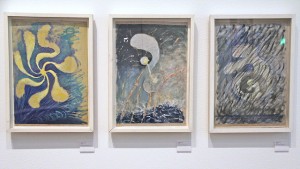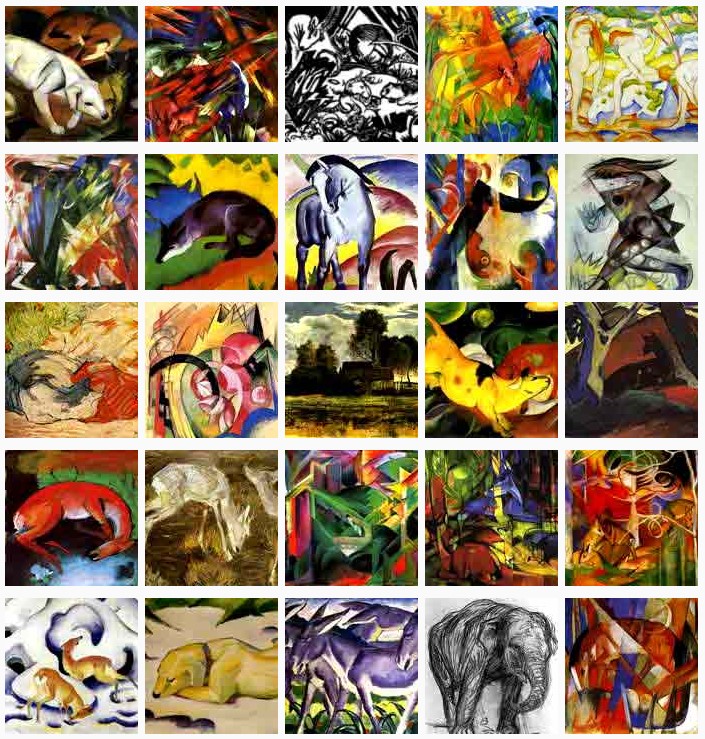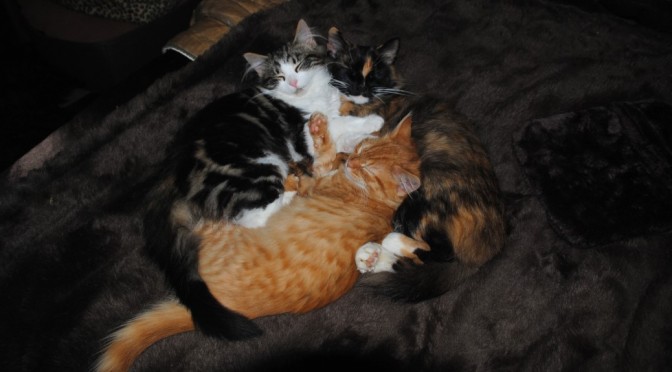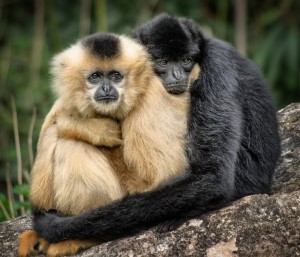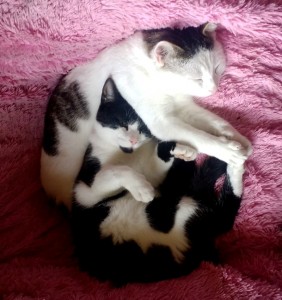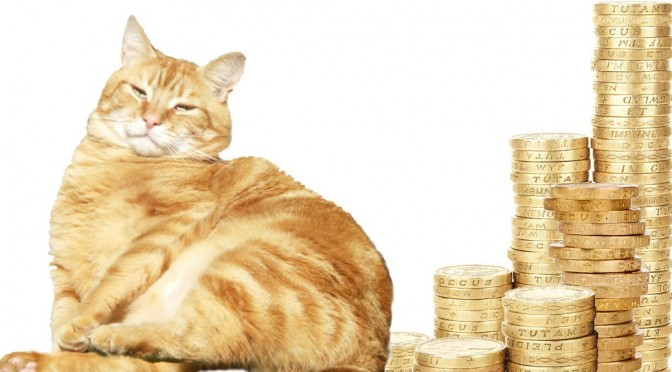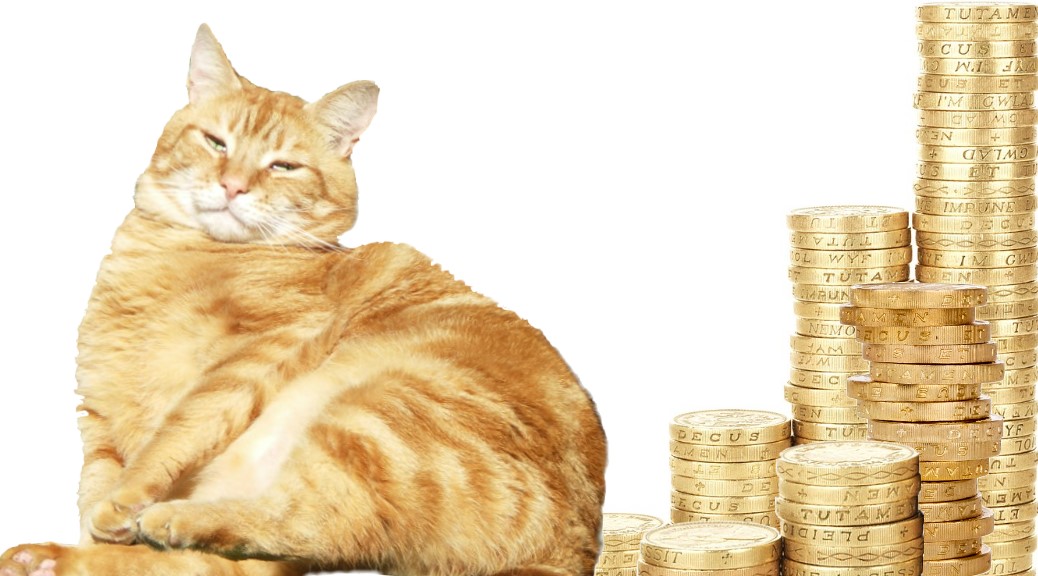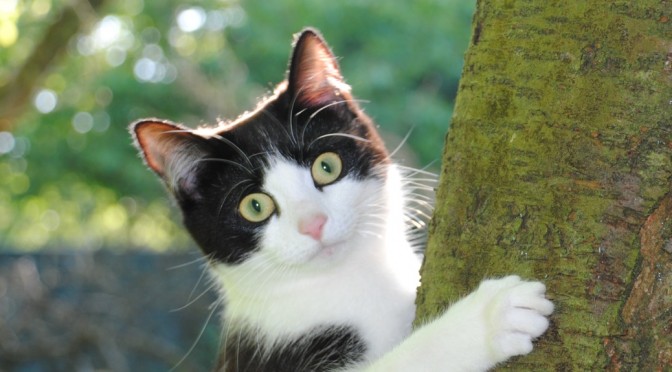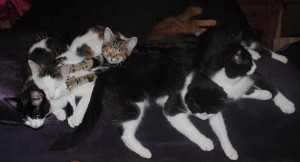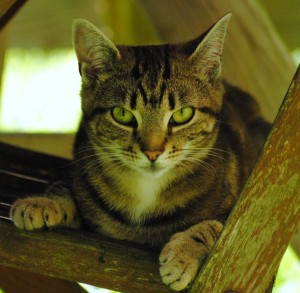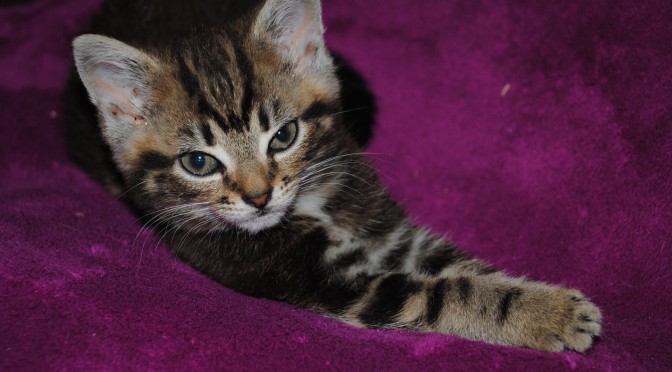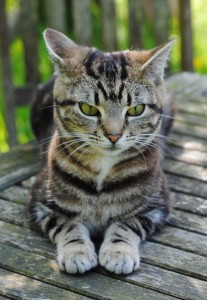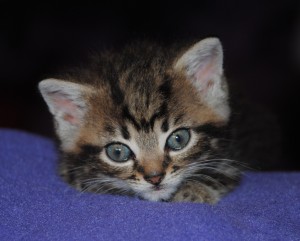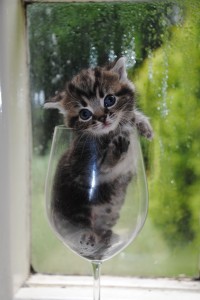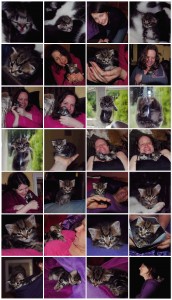Apple iPad Pro Pencil
Apple have invented something revolutionary and yet familiar, or rather they’ve reinvented something that has been around as long as the wheel. It’s the pencil. Well, ok, we’ve only had pencils since 1564 but we’ve had writing implements since 4,000 BC. Rather amazingly the new £79 Apple Pencil has a full 12 hours of battery life – not as long as a real pencil, but you won’t need a sharpener, just a charger, when it runs out.
“When using iPad Pro, there may be moments when you want even greater precision. So we painstakingly designed Apple Pencil to expand on the versatility of Multi-Touch. And while the technology inside is unlike anything we’ve ever engineered, picking up Apple Pencil for the first time feels instantly familiar. It lets you make any number of effects, right down to a single pixel, giving you more creative freedom than ever before….The precision and versatility of Apple Pencil make it a natural tool for artists” – Apple Pencil
Artists may disagree, having used stick brushes for millennia, as far back as 40,000 years. With Chinese writing and calligraphy came the use of more conventional brushes around 300 BC, ultimately reaching Western art many centuries later and first being mentioned Tuscan painter Cennino Cennini in his Il libro dell’arte, written in the early 1400s.
Read the review by Guardian illustrator Chloe Cushman:
“it didn’t feel like drawing with a pencil. It felt a lot like drawing on an iPad, which is sort of like drawing on a sheet of glass with a piece of plastic while having bright light beamed into your eyes. It’s not even the best tool for digital illustration – that’s a Wacom tablet, the gold standard used by professional artists and illustrators.”
Cushman quotes Steve Jobs who in 2010 said: “If you see a stylus, they blew it.” He thought the idea of a digital stylus was an admission of failure to design a graphical interface that worked with mouse or gestures alone. Gestures and flicks were actually patented by GoCorp and their PenPoint OS before Microsoft and Apple, back in 1991. Indeed, IBM brought out the ThinkPad 700T in 1991/2, the first iPad, well Thinkpad, back then:
Pen and Stylus Computing
We’ve had stylus based devices on Windows and Android since 1998 and earlier – Windows for Pen Computing was 1992. The 1998 Palmax touchscreen modeled on a Toshiba Libretto ran a customised touch-screen version of Windows 98, pre-empting Windows XP Tablet edition (2001) and Windows 8. My VHS cassette-sized 6.1″ screen Palmax PD-1000 still works. Compaq iPAQ PDAs running Windows Pocket PC 2000 & 2002 and HP Jornadas from 1998 running Windows CE had stylii, as did the Palm Tungsten and the 1993-98 Apple Newton. Around the same time as the Newton there was also the commercial failure, the Amstrad PenPad. Great innovations all of them – only the Apple iPad has been a real commercial success. One of the best smartphones or phablets is actually the Samsung Note and its stylus pen which is leaps and bounds ahead of innovations over a decade ago.
In 2001, IBM released the ThinkPad TransNote a combination X20 Thinkpad and convertible tablet as well as a real paper and pen notebook with electronic digitiser to convert notes to the laptop!

The Transnote didn’t sell well at its $3000 price tag, but it’ll still set you back £300 on the rare vintage market. Pen Computing said this of it in 2002:
“In many ways it is too darn bad that IBM gave up on the TransNote. It is an unusual design that includes a lot of great ideas–the result of many years of research in IBM’s advanced technology labs–and the overall package works surprisingly well.” – Pen Computing Magazine
First hybrid convertible laptop/tablet

In 2004, Lenovo bought IBM Thinkpad and in 2005 their first touchscreen tablet convertible laptop came out, the Thinkpad X41, with a stylus pen that docked inside. Aside from the abandoned Transnote, this was the first convertible tablet – that wasn’t linked to a notepad. These ran Windows XP Tablet edition but from Windows Vista and 7 onwards tablet features were embedded within the Windows standard operating system.
Pen and Paper
Of course, pen and paper have been around for nearly 2,000 years, since the Chinese invented paper, the same Chinese whose descendants bought IBM and now resell it as Lenovo! The pencil has been around since 1564, the first patented pen in 1888, and the first tablet – neither Apple, IBM, Windows, nor Samsung, but ancient Sumer, around 4,000 BC.
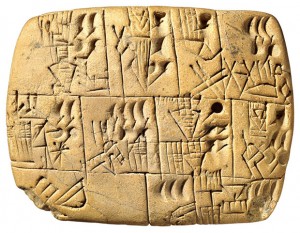
The original clay tablets came in a choice of colours including “bone white, chocolate and charcoal“. History demonstrates that just because we have great technology does not mean that we will use it for lofty pursuits. Cat videos, adult entertainment, and Kim Kardashian on the Internet, all come to mind. This very early writing tablet is not the Epic of Gilgamesh but an early record of beer rations!
